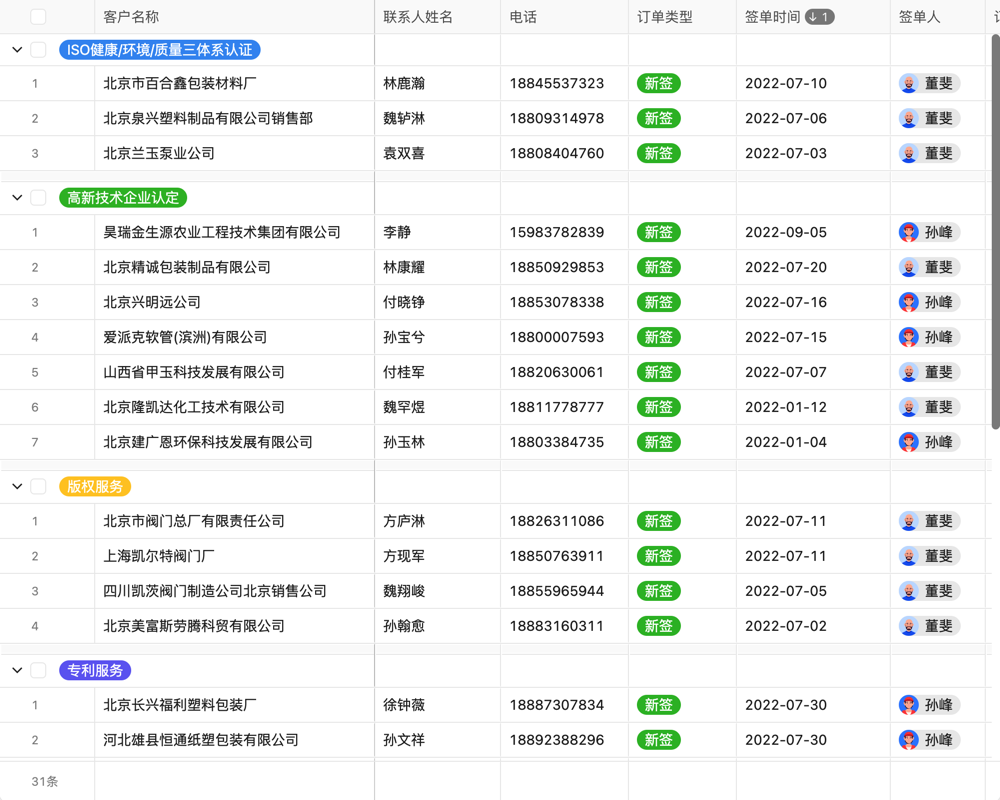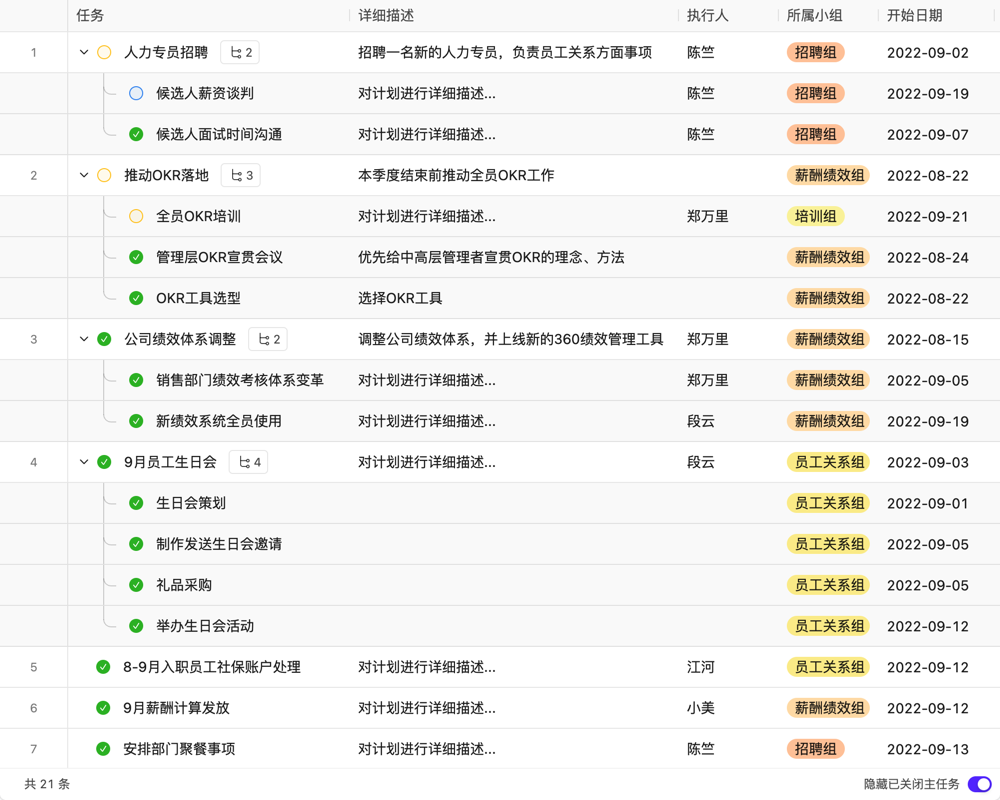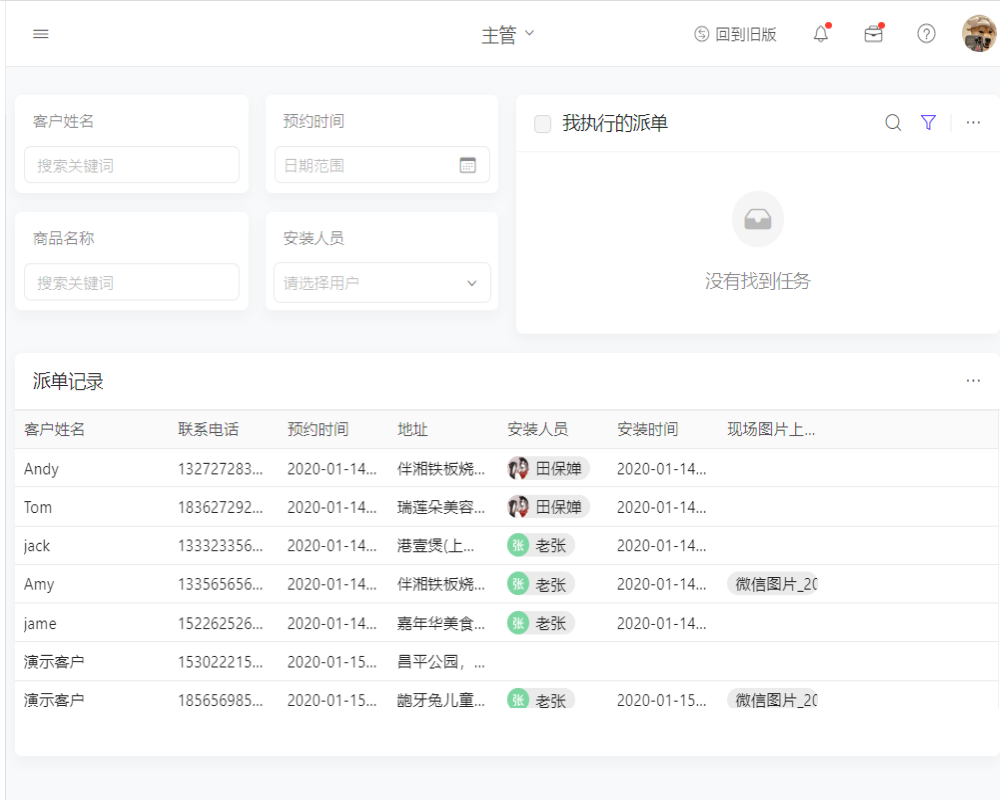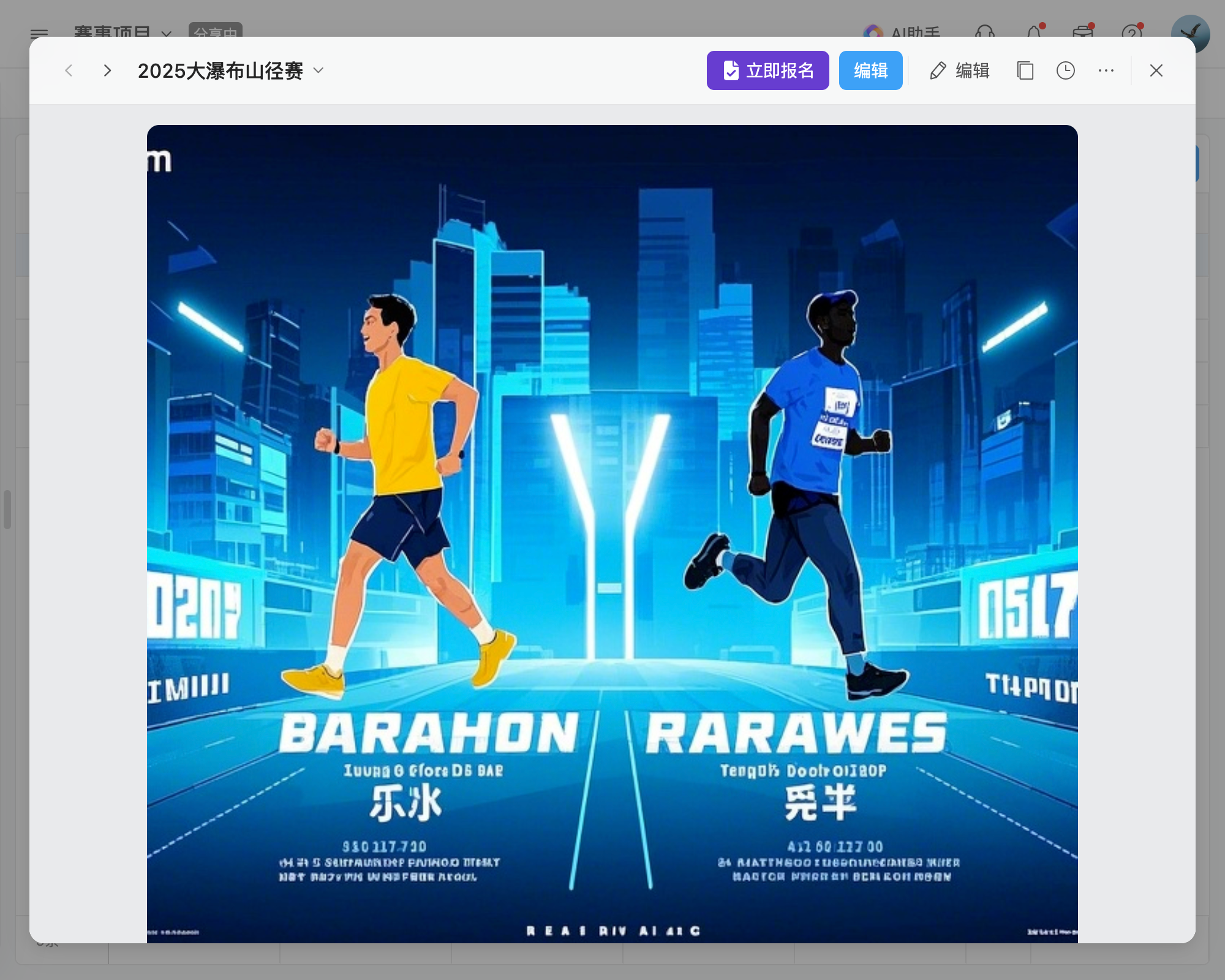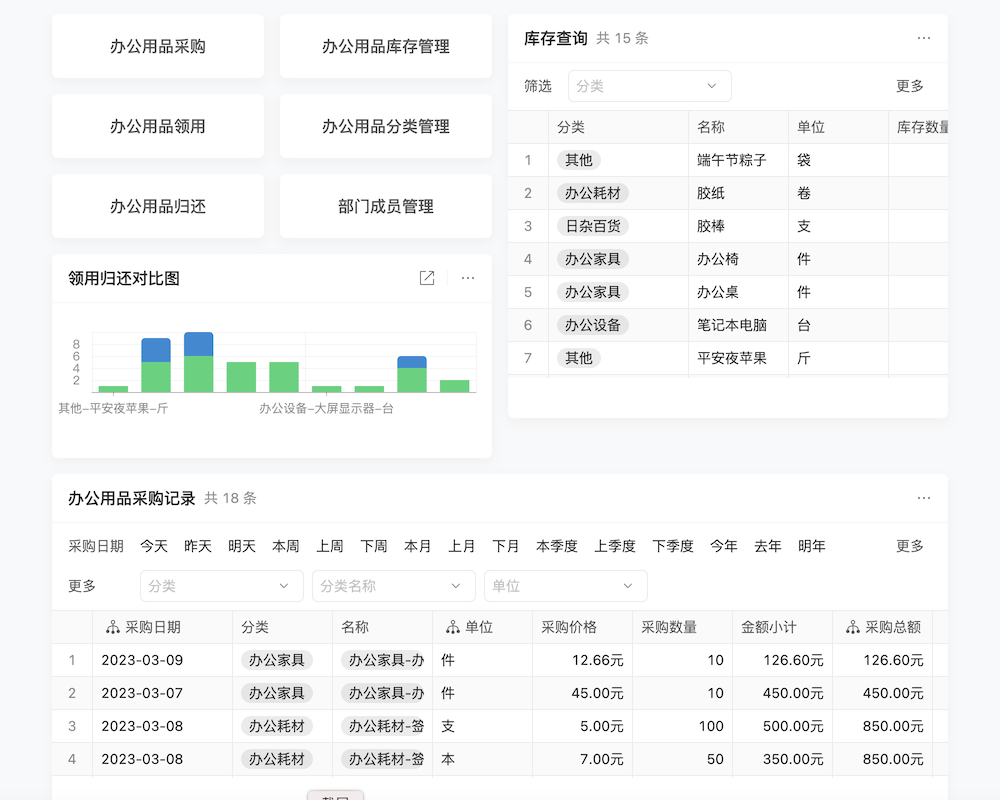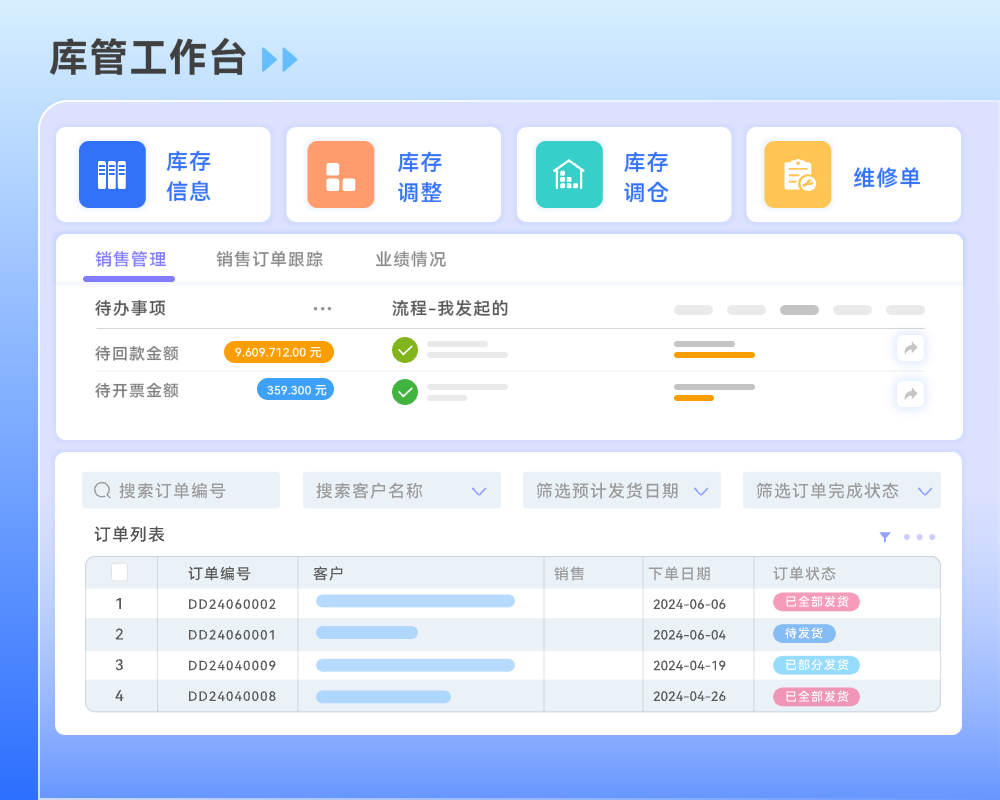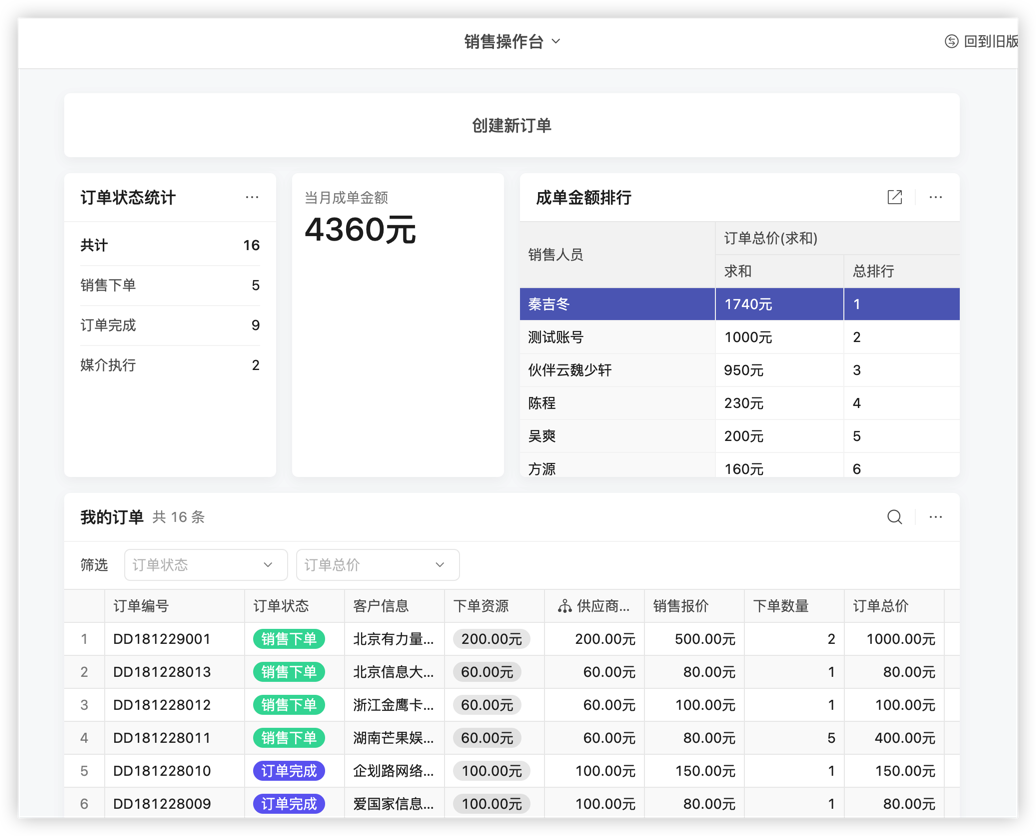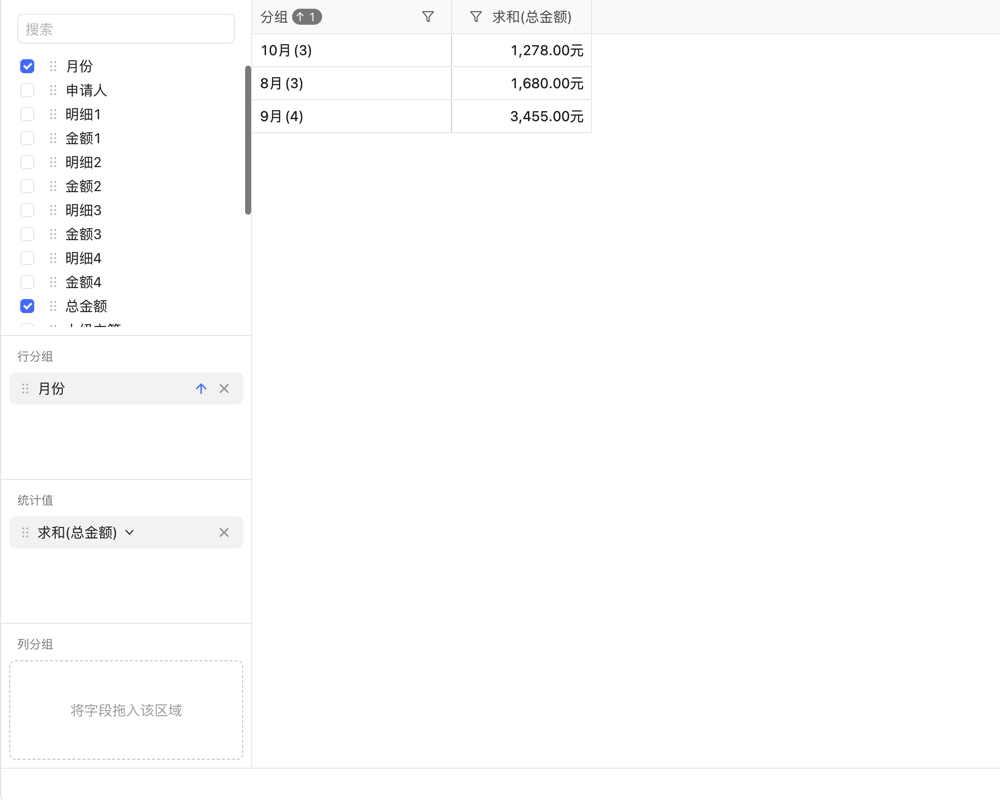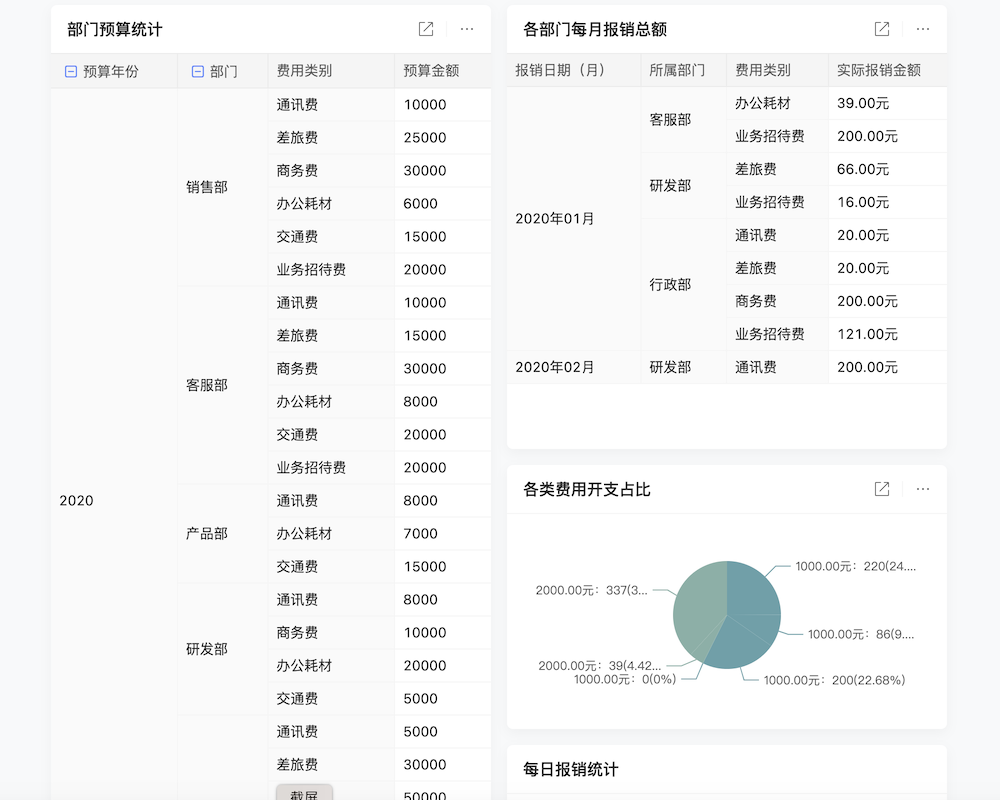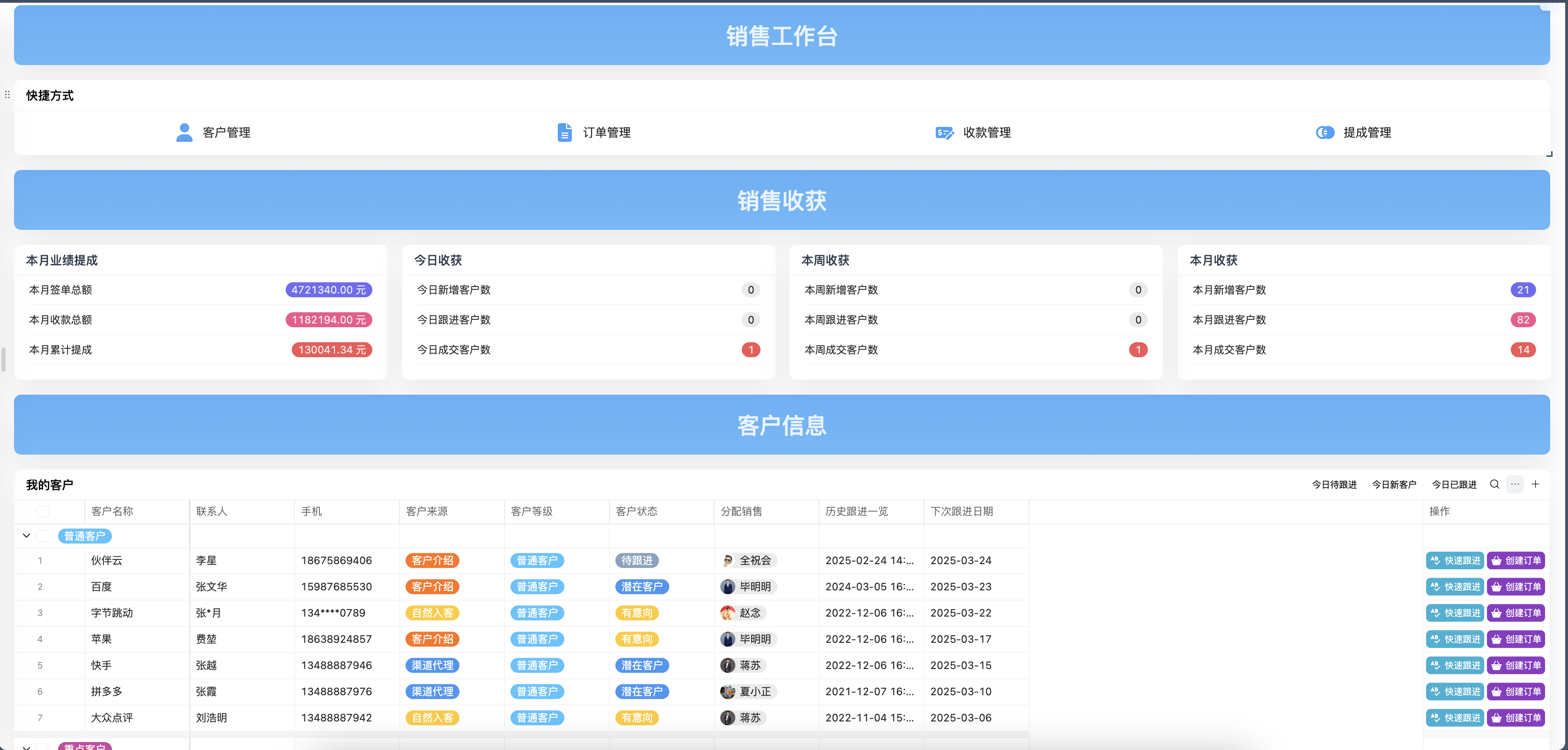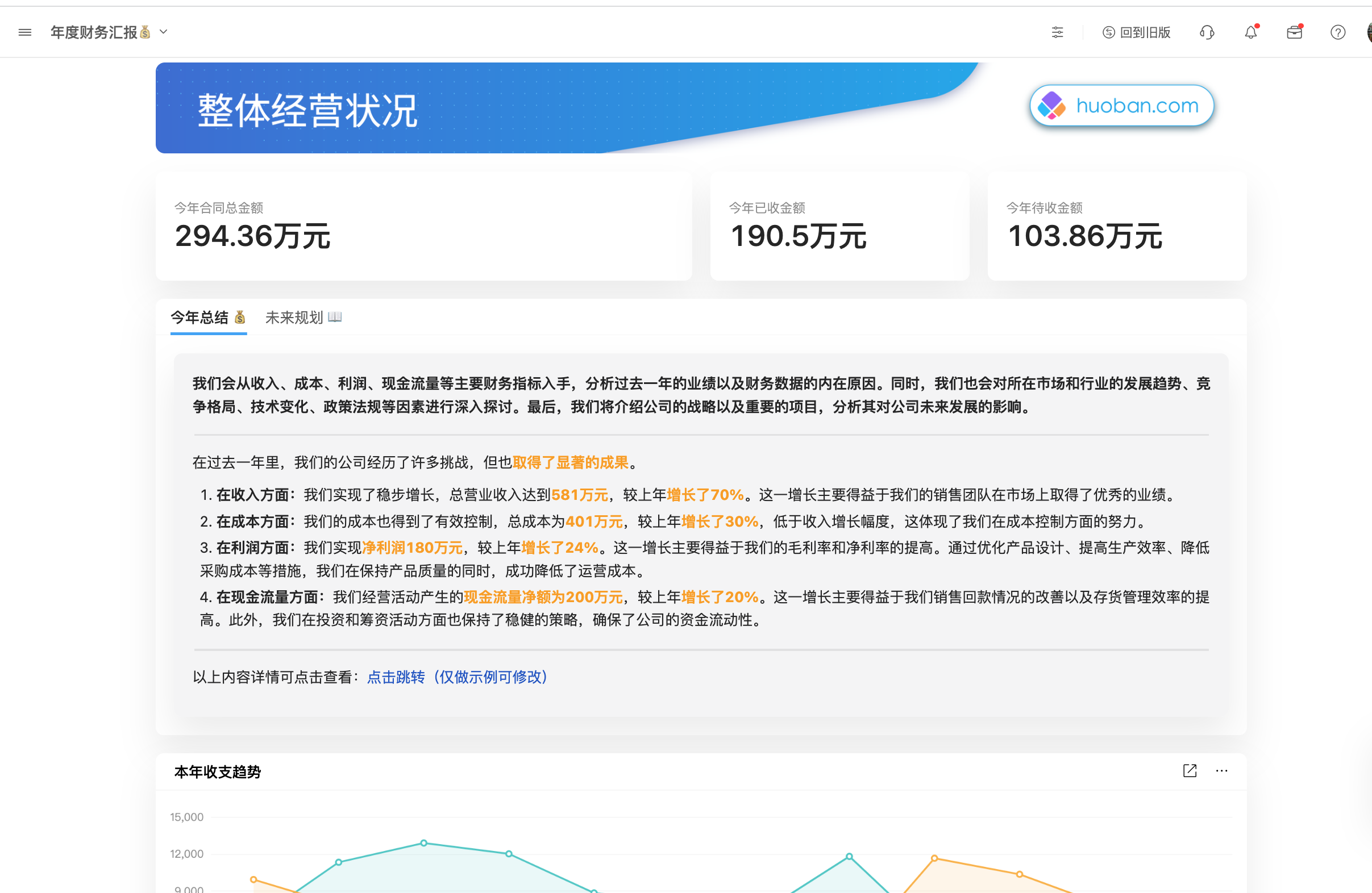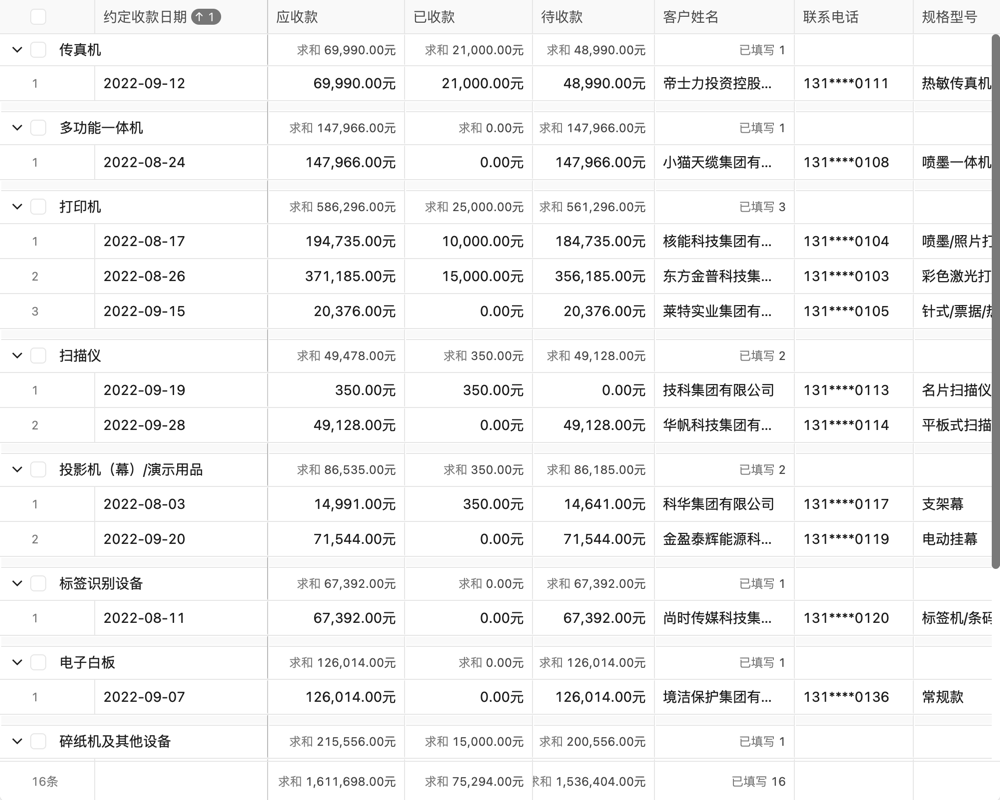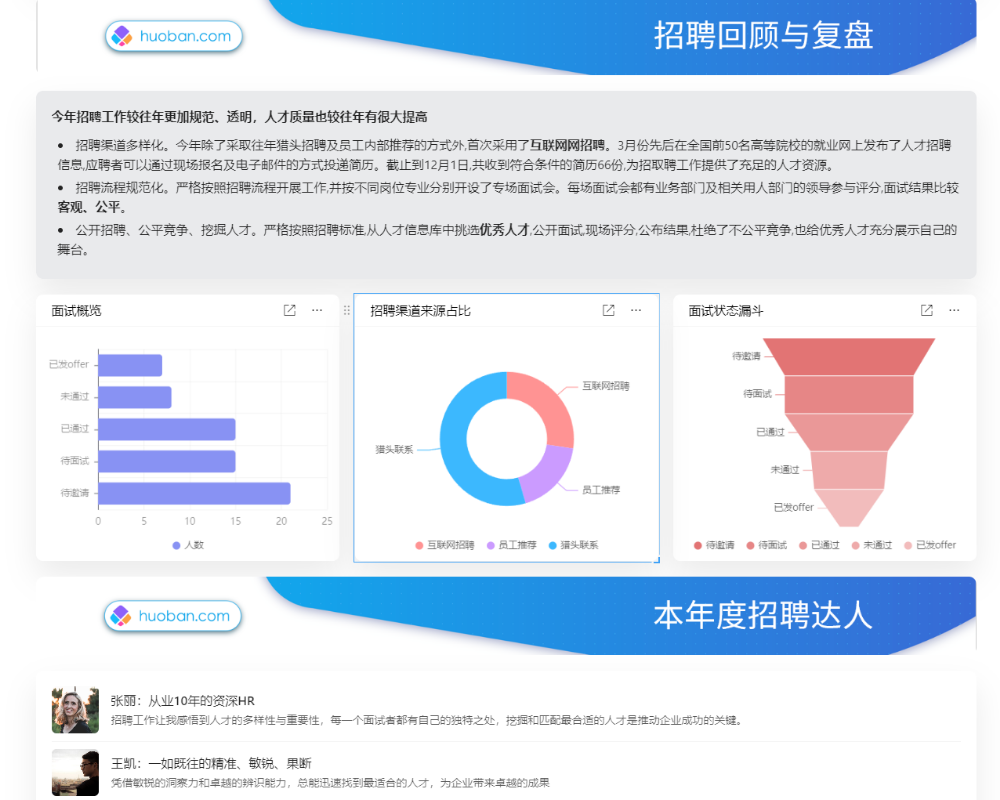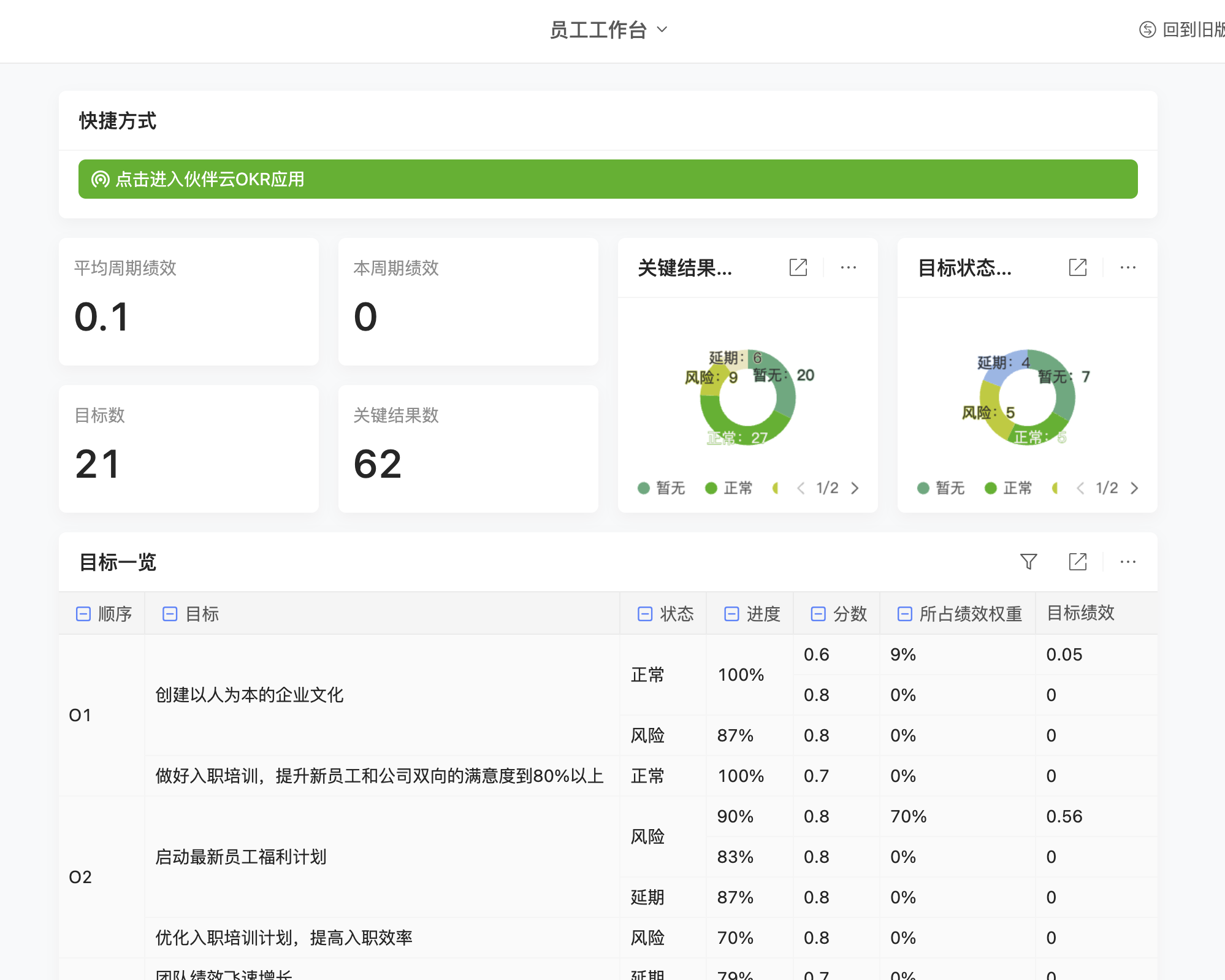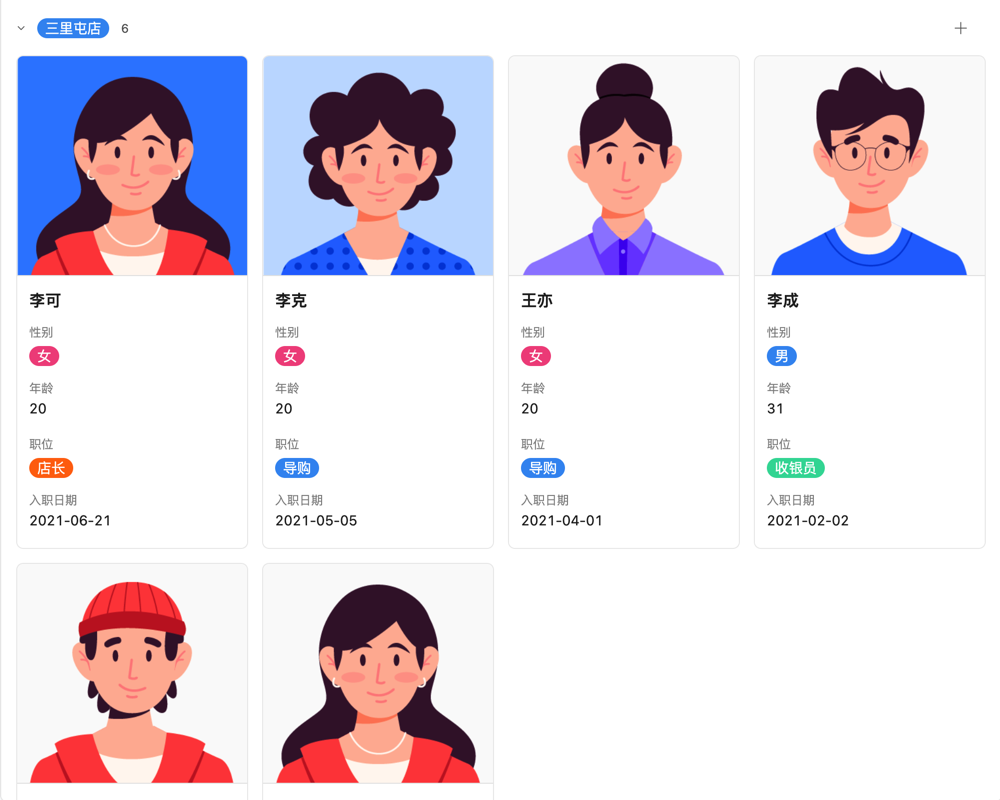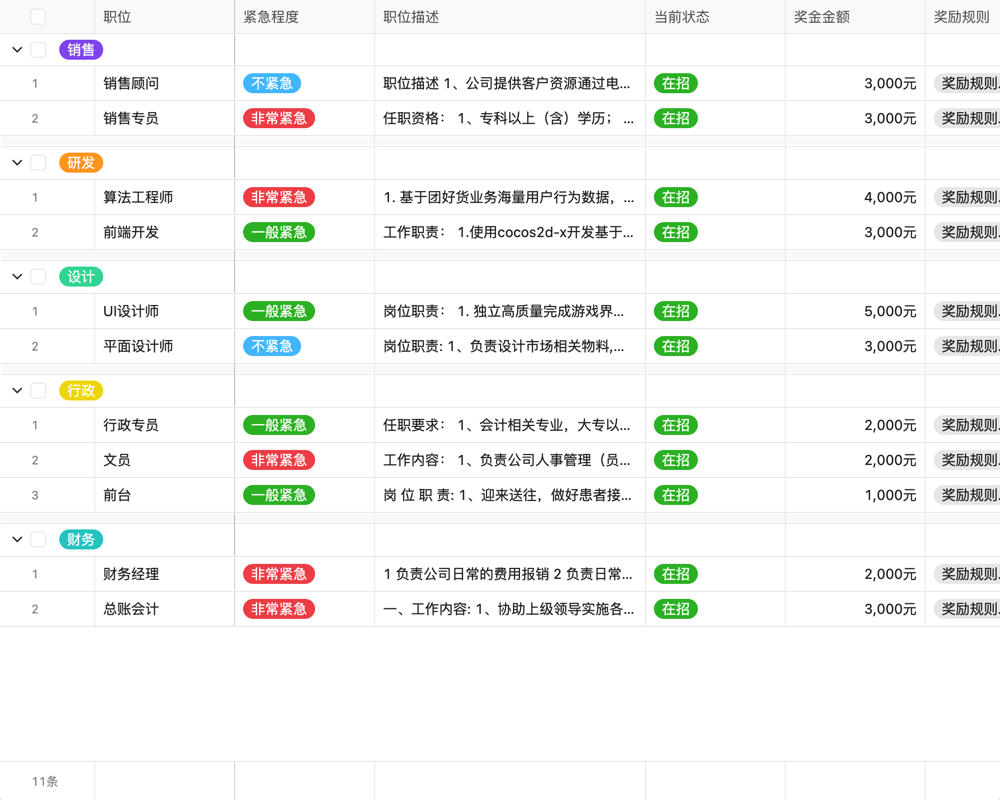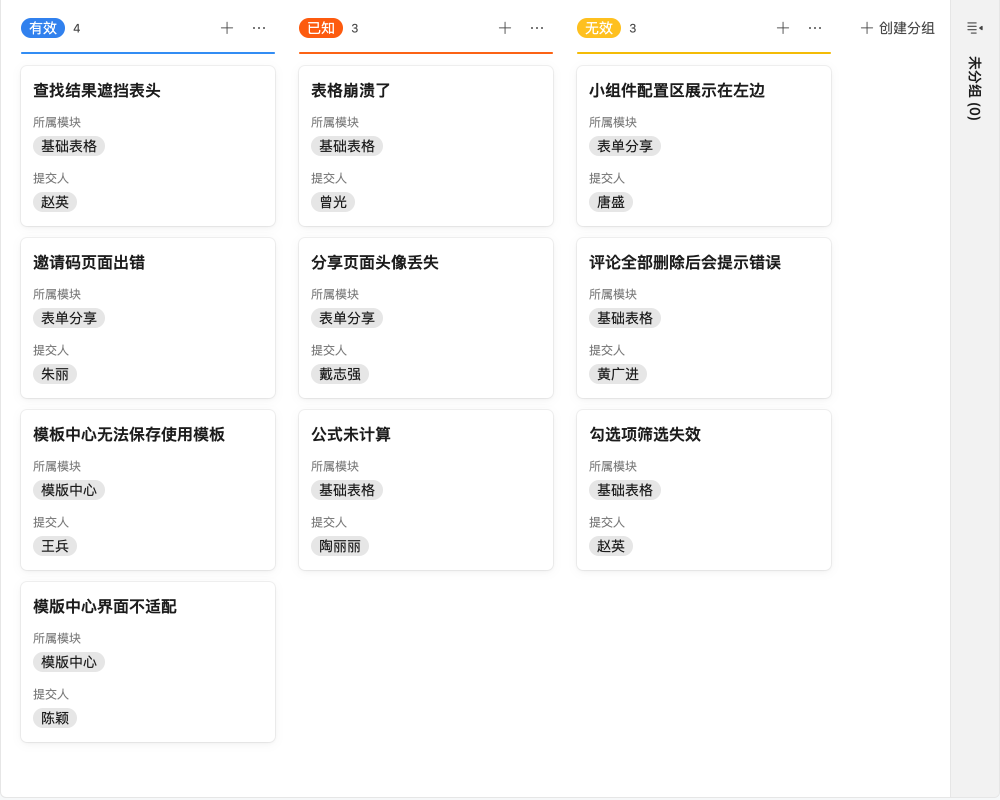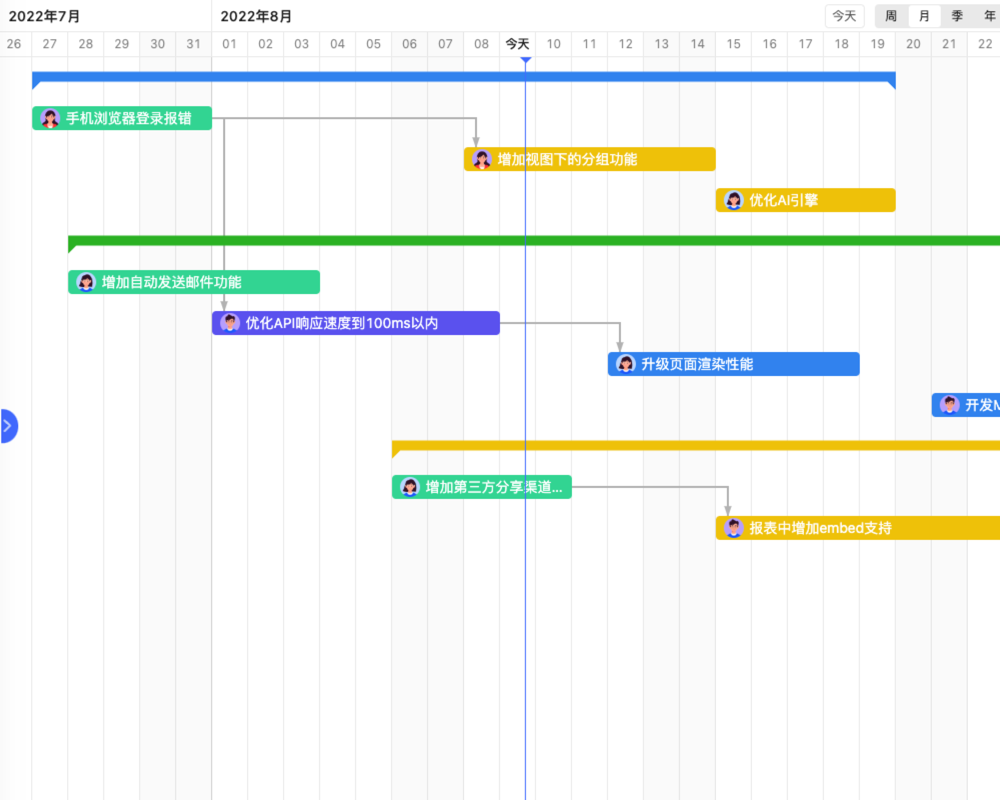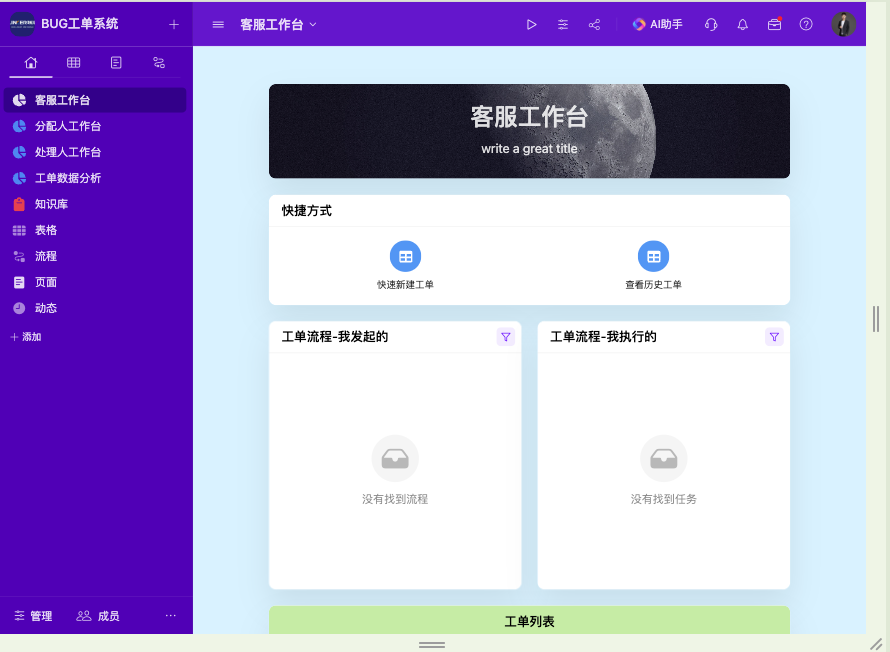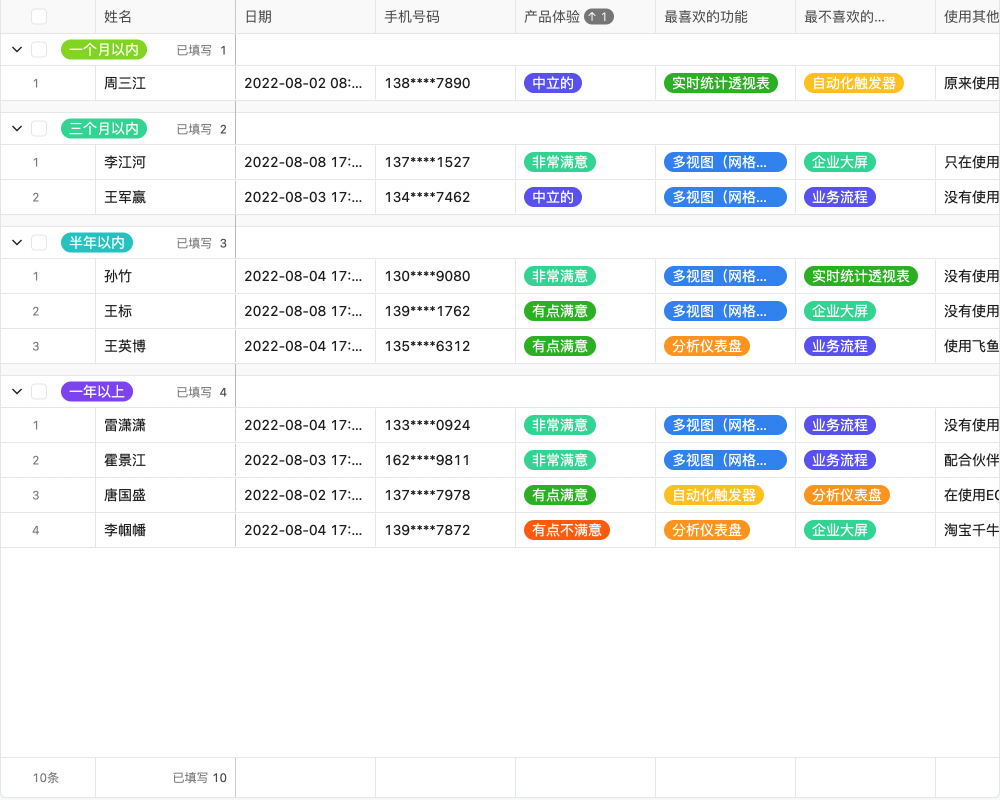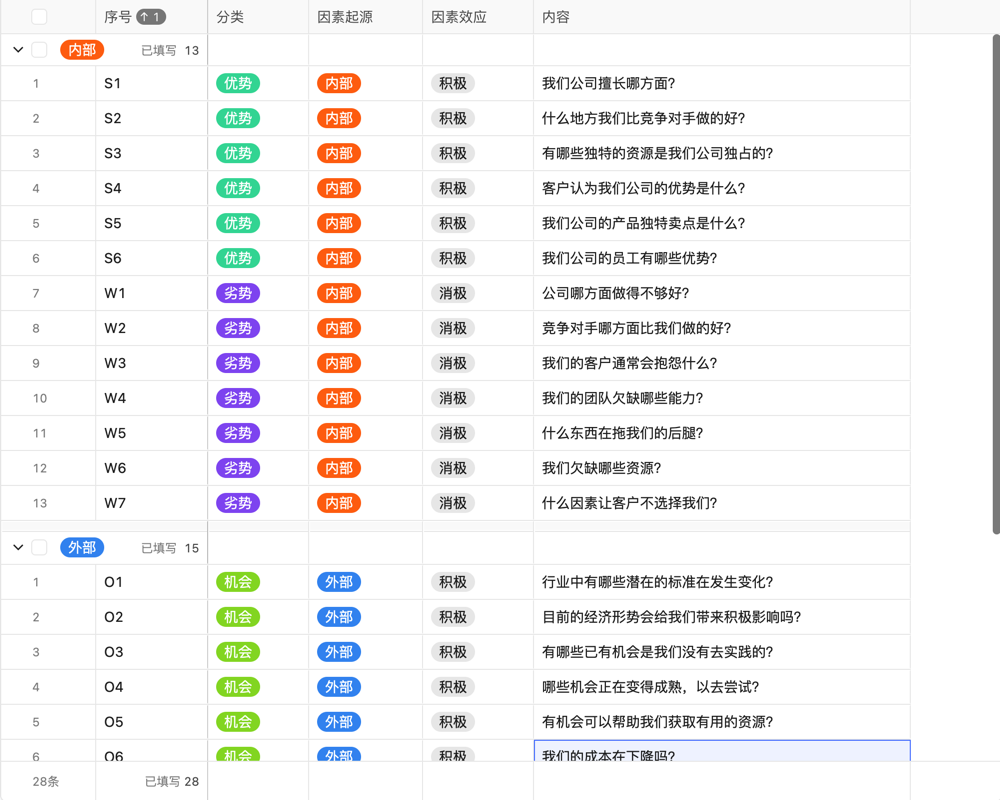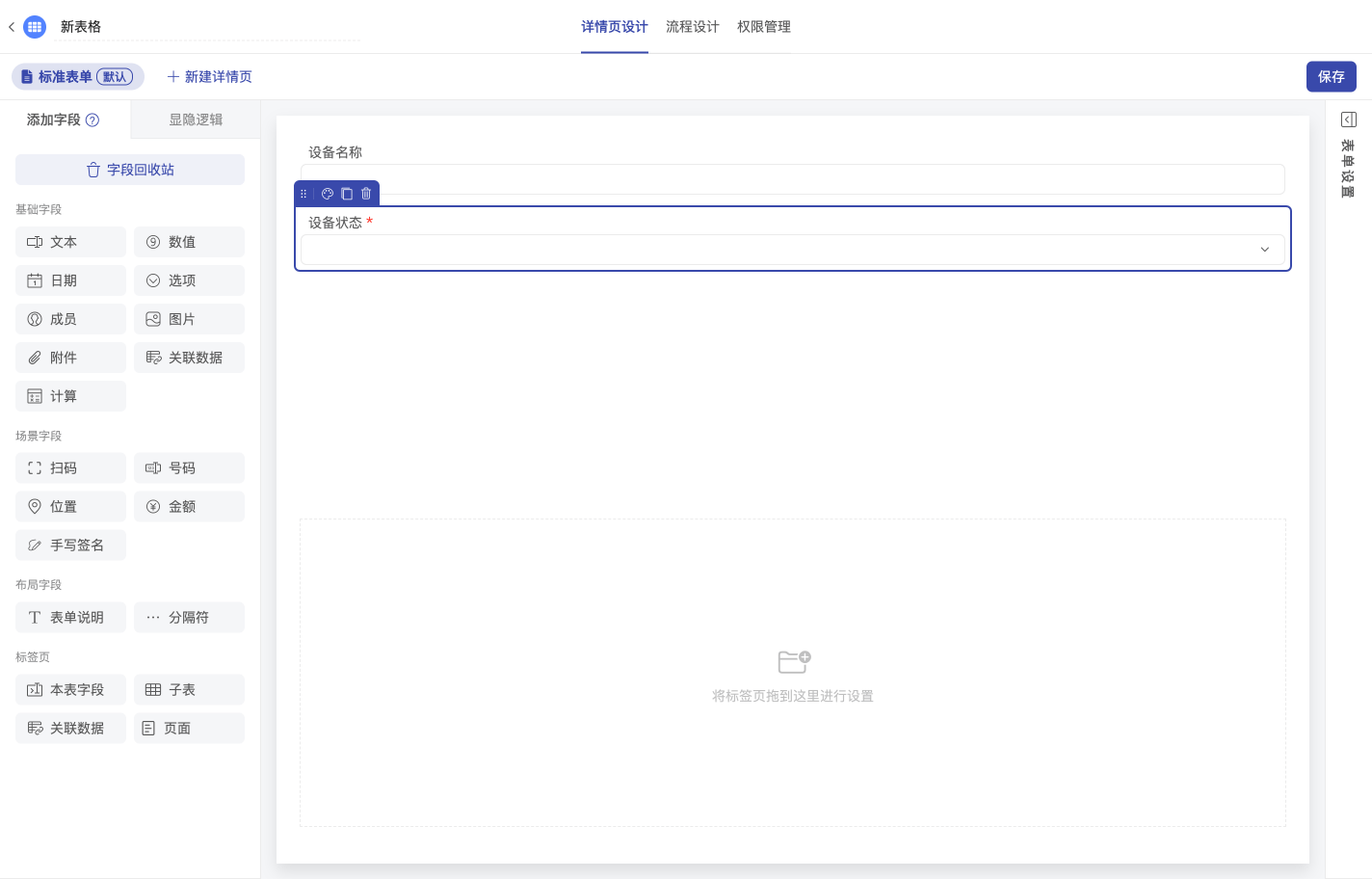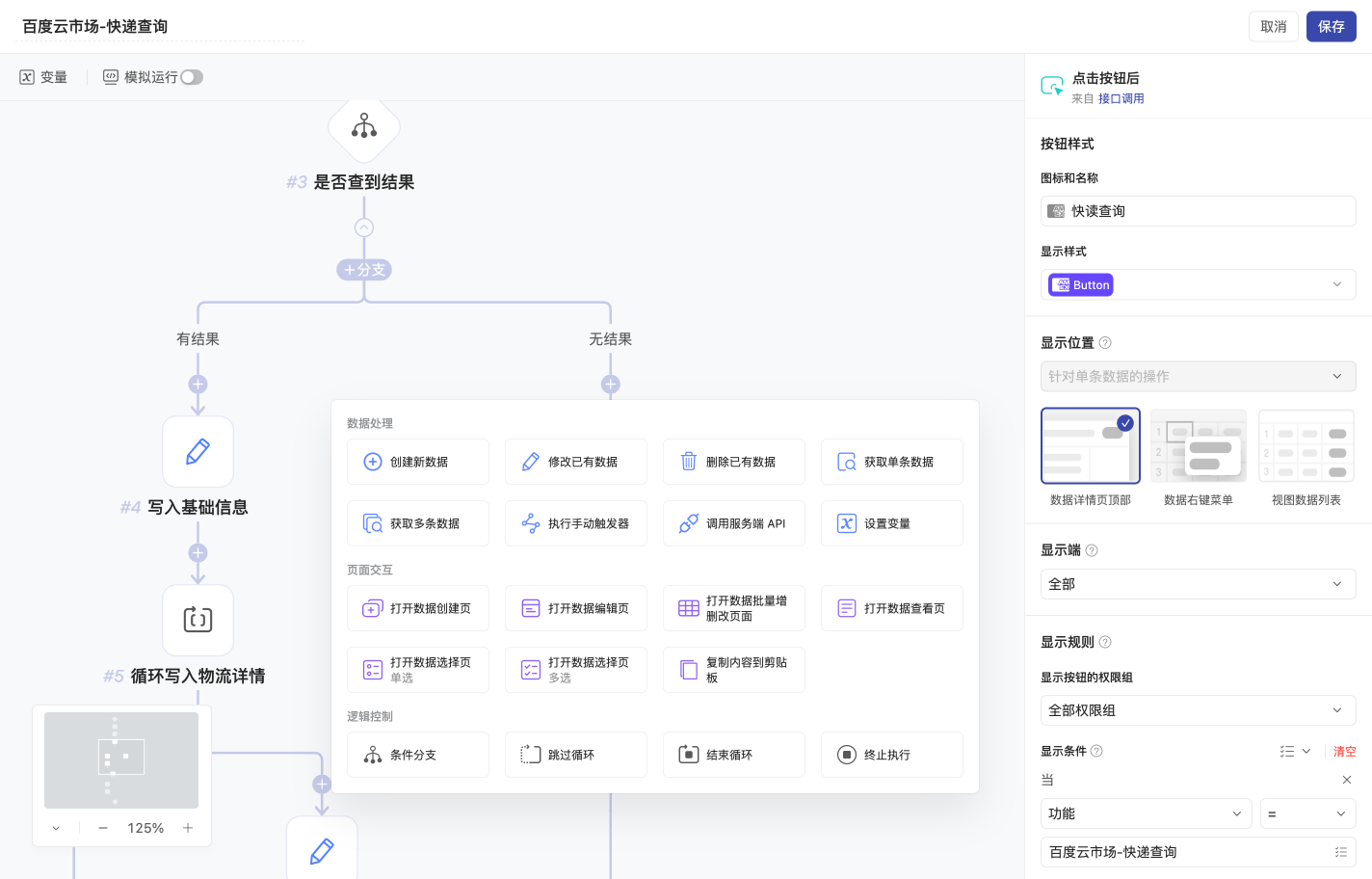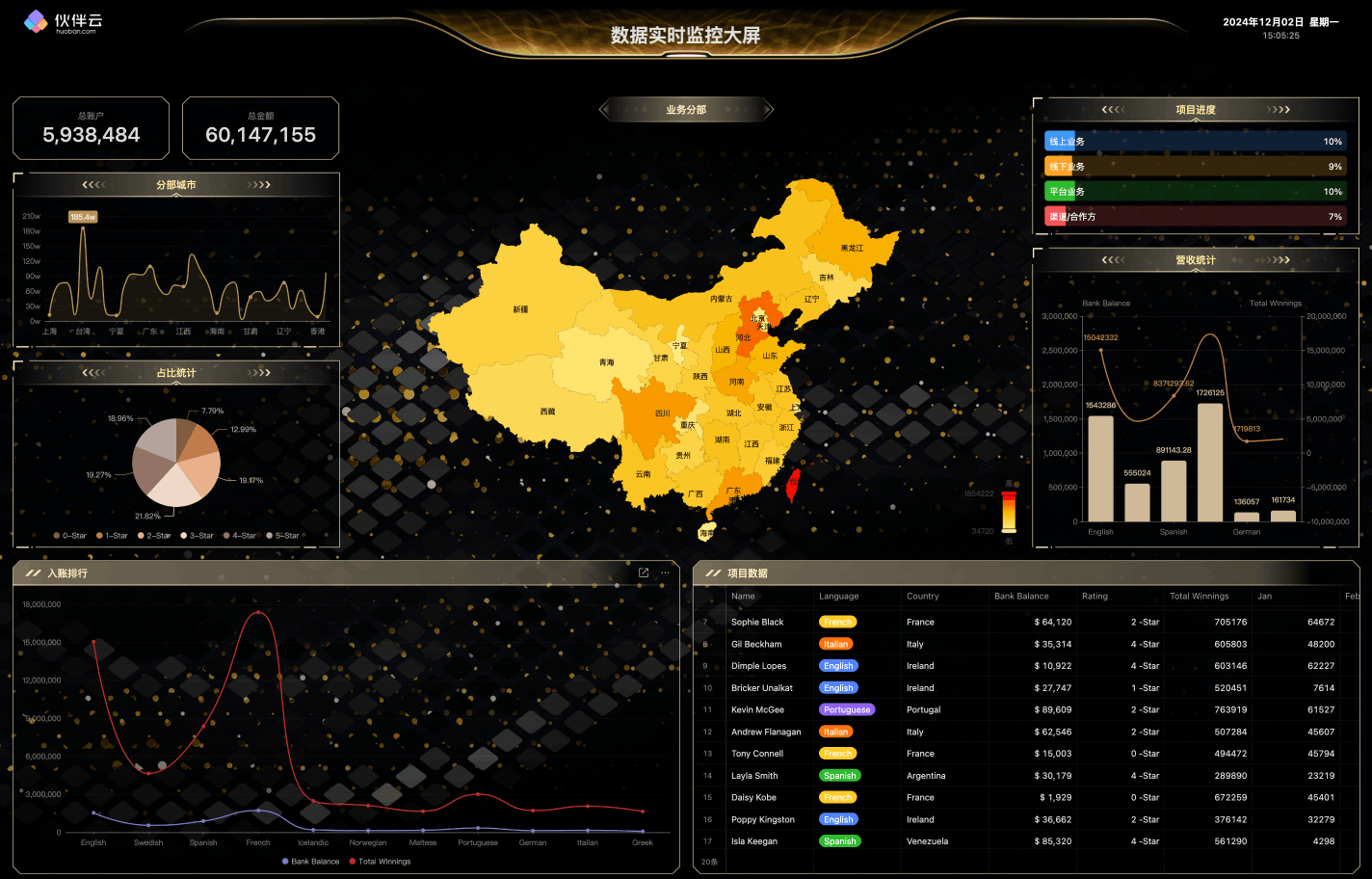《景点旅游系统代码编写全解析》
一、景点旅游系统概述
景点旅游系统是一个为游客提供景点相关信息、预订服务以及管理景点运营的综合性软件系统。它涵盖了多个功能模块,如景点信息展示、门票预订、酒店预订(如果与景点周边住宿相关联)、旅游线路规划、游客评价反馈等。在当今数字化时代,这样的系统对于提升景点的知名度和游客体验至关重要。

二、开发前的准备工作
1. 需求分析
首先,要明确系统的具体需求。这包括了解目标用户是谁,例如是国内游客还是国际游客,是年轻人为主还是家庭群体为主等。对于景点来说,需要确定要展示哪些核心信息,比如景点的历史文化背景、开放时间、特殊活动安排等。如果涉及到商业运营方面,要确定如何处理支付流程,是否支持多种支付方式等。此外,还要考虑系统的可扩展性,以便日后添加新的景点或功能。
2. 技术选型
编程语言:可以选择Java、Python、C#等流行的编程语言。Java具有良好的跨平台性和稳定性,适合大型企业级项目;Python以其简洁的语法和丰富的库,在快速开发原型方面有优势;C#则在Windows环境下的开发效率较高,并且与微软的技术生态紧密结合。
框架:如果选择Java,可以考虑Spring框架家族(Spring Boot、Spring MVC等),它们能够简化开发流程,提高开发效率并方便进行依赖管理。对于Python,可以使用Django或Flask框架,Django是一个功能强大的全栈框架,自带许多实用的功能模块,而Flask则更加轻量级,适合小型项目或作为微服务开发。
数据库:关系型数据库如MySQL、Oracle等是常用的选择,它们能够很好地处理结构化数据,如用户信息、景点信息、订单信息等。如果需要处理大量非结构化数据,如用户上传的图片、视频等,也可以考虑结合使用NoSQL数据库,如MongoDB。
三、景点信息模块代码编写
1. 数据库设计
创建一个名为“scenic_spot”的数据库表,表结构可能如下:
| 字段名 | 类型 | 描述 |
|---|---|---|
| id | int | 景点唯一标识 |
| name | varchar(255) | 景点名称 |
| description | text | 景点描述 |
| open_time | varchar(255) | 开放时间 |
| address | varchar(255) | 景点地址 |
| image_url | varchar(255) | 景点图片链接 |
在代码中,使用所选编程语言连接数据库,并实现对这个表的增删改查操作。以Java和Spring Boot为例,首先在pom.xml文件中添加数据库连接依赖(假设使用MySQL):
<dependency>
<groupId>mysql</groupId>
<artifactId>mysql - connector - java</artifactId>
<version>8.0.26</version>
</dependency>
然后创建一个实体类ScenicSpot来映射数据库表:
import javax.persistence.Entity;
import javax.persistence.GeneratedValue;
import javax.persistence.GenerationType;
import javax.persistence.Id;
@Entity
public class ScenicSpot {
@Id
@GeneratedValue(strategy = GenerationType.IDENTITY)
private int id;
private String name;
private String description;
private String open_time;
private String address;
private String image_url;
// 省略构造函数、getter和setter方法
}
接着创建一个数据访问层接口ScenicSpotRepository,继承JpaRepository:
import org.springframework.data.jpa.repository.JpaRepository;
public interface ScenicSpotRepository extends JpaRepository {
}
这样就可以在业务逻辑层方便地调用这个接口来进行数据库操作。
2. 景点信息查询功能
在业务逻辑层,创建一个服务类ScenicSpotService来处理景点信息查询逻辑。例如:
import java.util.List;
import org.springframework.beans.factory.annotation.Autowired;
import org.springframework.stereotype.Service;
@Service
public class ScenicSpotService {
@Autowired
private ScenicSpotRepository scenicSpotRepository;
public List getAllScenicSpots() {
return scenicSpotRepository.findAll();
}
public ScenicSpot getScenicSpotById(int id) {
return scenicSpotRepository.findById(id).orElse(null);
}
}
最后在控制器层(Controller)创建相应的接口,供前端调用:
import java.util.List;
import org.springframework.beans.factory.annotation.Autowired;
import org.springframework.web.bind.annotation.GetMapping;
import org.springframework.web.bind.annotation.PathVariable;
import org.springframework.web.bind.annotation.RequestMapping;
import org.springframework.web.bind.annotation.RestController;
@RestController
@RequestMapping("/scenic - spots")
public class ScenicSpotController {
@Autowired
private ScenicSpotService scenicSpotService;
@GetMapping
public List getAllScenicSpots() {
return scenicSpotService.getAllScenicSpots();
}
@GetMapping("/{id}")
public ScenicSpot getScenicSpotById(@PathVariable int id) {
return scenicSpotService.getScenicSpotById(id);
}
}
四、门票预订模块代码编写
1. 数据库设计
对于门票预订功能,需要创建一个名为“ticket_order”的数据库表,其结构示例如下:
| 字段名 | 类型 | 描述 |
|---|---|---|
| id | int | 订单唯一标识 |
| scenic_spot_id | int | 景点ID |
| user_id | int | 用户ID |
| ticket_type | varchar(255) | 门票类型(如成人票、儿童票等) |
| quantity | int | 门票数量 |
| total_price | decimal(10, 2) | 订单总价 |
| order_time | datetime | 下单时间 |
同样,按照前面提到的技术选型,在代码中实现对该表的操作。以Python和Django为例,在models.py文件中定义模型类:
from django.db import models
class TicketOrder(models.Model):
scenic_spot = models.ForeignKey('ScenicSpot', on_delete=models.CASCADE)
user = models.ForeignKey('User', on_delete=models.CASCADE)
ticket_type = models.CharField(max_length = 255)
quantity = models.IntegerField()
total_price = models.DecimalField(max_digits = 10, decimal_places = 2)
order_time = models.DateTimeField(auto_now_add = True)
2. 预订逻辑实现
在视图函数(views.py)中实现门票预订逻辑。首先获取用户提交的预订信息,如景点ID、门票类型、数量等,然后计算总价,创建订单对象并保存到数据库。示例代码如下:


